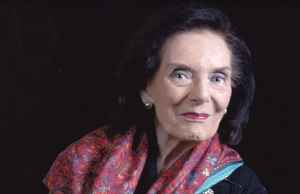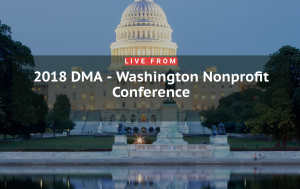Leaders representing more than 80 community foundations across North America signed a written pledge to collaborate toward reducing continental poverty, increasing opportunity, furthering other United Nations Sustainable Development Goals (SDGs), and addressing related challenges. The pledge was the first ever such agreement among philanthropic leaders in North America committed toward working toward meeting the SDGs by their 2030 goal date.
The pledge was signed during the inaugural North American Community Foundations Summit in Mexico City. Council on Foundations, Community Foundations of Canada, and Comunalia hosted the event. Javier Soto, president and CEO of Miami Foundation, R.T. Rybak, president and CEO of Minneapolis Community Foundation, Kathy Calvin, president and CEO of United Nations Foundation, and Emmett D. Carson, president and CEO of Silicon Valley Community Foundation were among American signatories.
“In 2018 and beyond, we must connect with, learn from and share our experiences with peers around the world,” the pledge reads, in part. “More than ever, the challenges we face are universal and span across geographic borders. Today, we are also more connected globally than ever before. Rather than succumb to any desire to turn inward, we believe our collective power lies in building learning bridges across the divides that often disconnect us, and empowering a global community where solutions span not just borders, but cultures, ethnicities, religions, politics, racial and economic backgrounds.”
Council on Foundations is continuing to encourage foundation leaders to sign onto the pledge, said Vikki Spruill, president and CEO. Council leadership also anticipates having more summits in the future with the location rotating throughout the continent.
“There was so much enthusiasm and sense of shared purpose,” said Spruill of the event. “It was an organic opportunity to feel bigger than themselves. The statement grew out of an understanding that politics and policies might be different, but there is a lot of momentum on how we can move forward . . . People felt compelled to document it with a shared statement.”
Cross-national collaboration has been percolating for several years now, she said, with discussions taking place with Canadian leaders during recent annual events organized by the council. The summit was originally expected to have 100 attendees, but that doubled during the planning stages — something Natalie Ross, vice president, external relations attributed to the political climate and need for cross-border relationships that resonated with attendees.
Some Canadian and Mexican foundations have worked more fully toward SDGs than American counterparts, Spruill said. Work in the U.S. is still largely in the awareness-building phase and foundations are engaged in SDGs to varying degrees — from minimal understanding all the way up to adoption in foundation frameworks.
There is some debate as to whether the U.S. will satisfy all 17 goals by 2030 with issues such as extreme poverty concentrated in various cities and states, Ross added. The question in the coming years will be whether current levels of philanthropic funding will be enough to move the needle on goals and, if not, how collaboration, private sector involvement, impact investing, local policy advocacy, and other strategies might push objectives forward.
Spruill and Ross cited climate change, response to natural disasters, immigration, and the refugee crisis as areas, discussed during the summit, where organizations from different countries could work together. Deep poverty, housing inequality, and maternal mortality are topics that have challenged American foundations that, too, might benefit from joint efforts and education. For certain demographic populations in the U.S., for instance, maternal mortality is as bad or worse than less-developed countries, according to Ross.
“What makes the SDGs powerful is that every goal is relevant in the United States and everywhere else around the world,” said Ross. “Community foundations see a purpose for themselves in that.”












